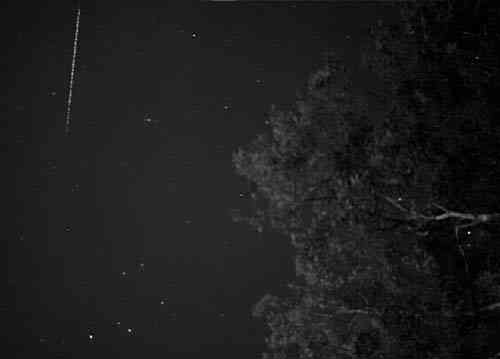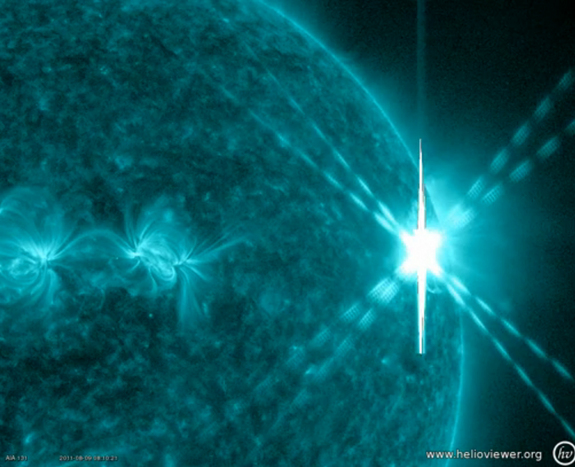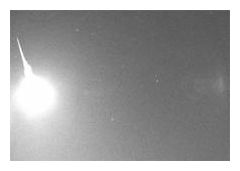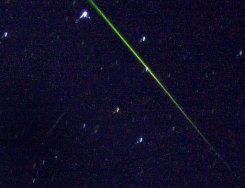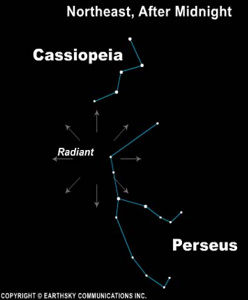
© Darren Mills / GFW AdvertiserA meteor, space junk, satellite or alien spacecraft? A number of people, including Harold Watkins, saw what appeared to be a fireball Monday night in Botwood. He said the object had been moving west and disappeared behind Bishop's Falls, and did not have a tail behind it. One possibility is that the object was a communications satellite with a bright reflective surface.
Whatever it was, Harold Watkins and others in Botwood were treated to the sight of what appeared to be a fireball in the sky Monday night.
"I live in an apartment off Twomey Drive, and this lady said to me, 'look, do you see that over there?' and when I looked, it seemed to be one big ball of fire going west," he said. "It was about 1,000 feet in the air. It looked very close to us."
Mr. Watkins and others had returned from Botwood Day ceremonies that evening, which had included fireworks at the Botwood Airbase. But he and the other people who had returned to outside his apartment said the fireworks had finished by the time they left the base.
"It was going west, and looked like it would have ended up in the back of Bishop's Falls," he said. "There were three of us coming back from the base and just getting out of the car. And the lady next door in an apartment next to me said 'see that in the air,' and when I looked, it was one big ball of fire and it was moving around and around."
Ron Silver, a media representative for NAV Canada, responsible for air traffic control operations across the country, said he contacted ATV at Gander International Airport after he was notified of the incident by the Advertiser.
"They didn't report anything unusual," he said.
Besides the far-fetched possibility of alien spacecraft, the most likely possibilities are space junk, such as trash from old spacecraft and decommissioned satellites and meteors, all burning up on re-entry in Earth's atmosphere.
